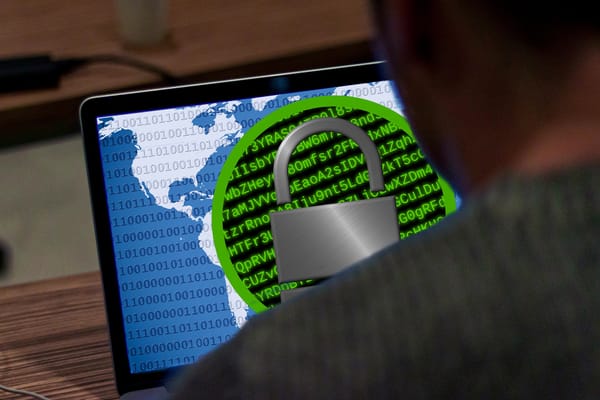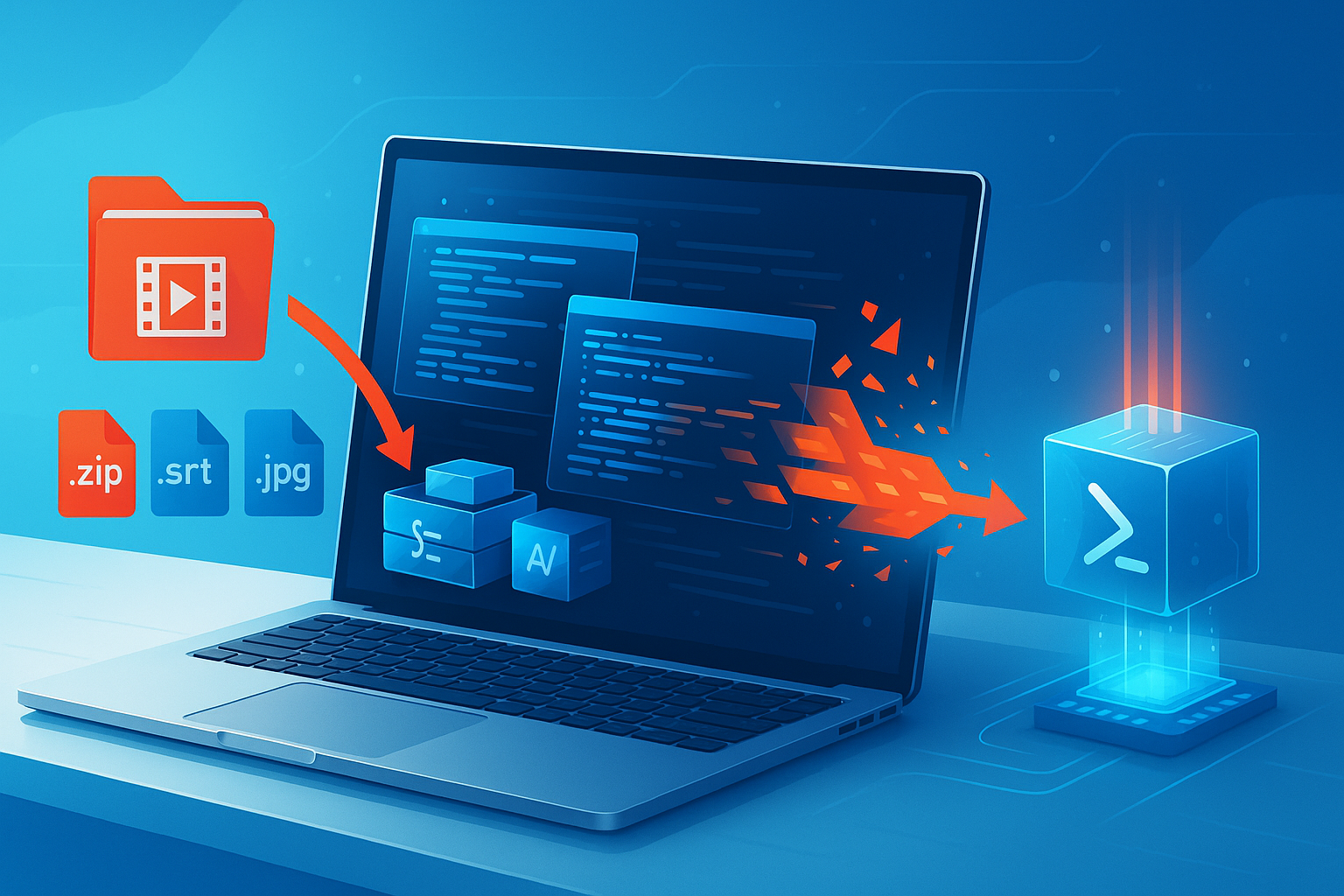Ransomware Is Targeting Nonprofits: Why Risk a Disaster When Protection Is Affordable?

Cybercriminals aren’t moved by your mission—they see opportunity. Nonprofits often store sensitive donor data, financial information, and client records, despite having tight budgets and sometimes outdated technology. That combination makes them a top target for ransomware attacks—and the numbers are rising fast.
The real cost (and impact) of ransomware isn’t just the ransom demand. It’s what happens next: programs grinding to a halt, donor trust evaporating, and unexpected recovery expenses that can push organizations to the brink.
So here’s the question every nonprofit leader should ask: Why risk a disaster when the solution is simple and affordable?
The Growing Ransomware Threat for Nonprofits
Ransomware is a type of malicious software that locks or encrypts your files and demands payment to release them. For nonprofits, this is more than a technical issue—it’s a direct threat to your mission.
Nonprofits hold exactly the kind of information attackers want: donor details, financial records, client data, and internal documents. Potential gaps in security make it easy for criminals to break in.
Recent studies show the risk is real and growing. Six out of ten nonprofits have experienced a cyberattack in the last two years (NTEN Nonprofit Cybersecurity), while ransomware attacks on nonprofits have doubled in the past year (CyberPeace Institute).
Related: Cybersecurity for Nonprofits: Why Hackers Target You and What to Do About It
The True Cost of a Ransomware Attack
When most people think about ransomware, they picture that flashing ransom note demanding payment. However, the ransom itself is just the tip of the iceberg—and often not the most significant expense. There are other expenses which can spiral into hundreds of thousands—or even millions—long after the initial attack.
First, there’s the immediate shutdown. When ransomware strikes, programs freeze. Staff can’t access files. Communication collapses. Community services grind to a halt. Every hour offline means missed opportunities and broken commitments to the people you serve.
Next comes reputational damage. Trust is everything in the nonprofit world, and a data breach tells donors and partners their information isn’t safe. Losing that confidence can cut funding and weaken relationships you’ve spent years building.
Then there are compliance and legal costs. If personal data is exposed, you may face regulatory fines, legal fees, and mandatory reporting under data privacy laws.
And finally, the hidden recovery costs. Even if an organization decides to pay the ransom—a move that’s not recommended and offers no guarantee—you’re still looking at:
- Rebuilding systems from scratch.
- Hiring cybersecurity experts to contain the breach.
- Crisis communications to donors and the public.
- Overtime for staff scrambling to fix the damage
Related: Responding to a Cyberattack - What to Do When You Get Hacked
Protection Is Always Cheaper Than Recovery
Keeping your nonprofit safe doesn’t require a huge budget. In fact, some of the most effective measures are completely free. For example:
- Turn on multi-factor authentication (MFA) for your email, file-sharing platforms, and CRM systems. This simple step makes it much harder for attackers to break in.
- Back up your data regularly and store copies offline. Test your backups at least twice a year to make sure you can restore them if needed.
- Train your team to spot phishing emails. Most ransomware attacks start with one wrong click.
Here are 2 completely free tools you can start using right now:
- Bitdefender Scamio, Bitdefender’s free scam detector, lets anyone check if a message or ad might be a scam—just copy and paste the content or upload a screenshot.
- Bitdefender Link Checker helps verify if a link is safe before clicking—ideal for emails, social posts, or suspicious messages.
- Keep your systems updated. Many attacks exploit old, unpatched software.
These small actions can dramatically reduce your risk—and they cost nothing but a little time.
How Bitdefender Makes Security Affordable
Some threats require more than free tools. If your nonprofit doesn’t have an IT department, managing security can feel overwhelming. Bitdefender Ultimate Small Business Security makes it simple. It’s built for organizations like yours—mission-driven, resource-conscious, and serious about staying safe (small business or nonprofits alike).
Here’s what you get:
- Advanced protection to stop attacks before they start.
- Email and phishing security that blocks malicious links and fake invoices.
- Identity and data protection for sensitive donor and client information.
- Scam detection tools so your staff can spot threats in real time.
- Simple management from one dashboard—no IT degree required.
Plans start at $18.99 for small teams and go up to $79.99 for larger teams of 25 members—a tiny fraction of the millions a ransomware attack could cost.
Try Bitdefender Ultimate Small Business Security for free and give your nonprofit the protection it deserves—because your mission is worth protecting.
tags
Author
Cristina Popov is a Denmark-based content creator and small business owner who has been writing for Bitdefender since 2017, making cybersecurity feel more human and less overwhelming.
View all postsRight now Top posts
How Do You Manage Your Passwords? We Ask Netizens
December 18, 2025
Cybercriminals Use Fake Leonardo DiCaprio Film Torrent to Spread Agent Tesla Malware
December 11, 2025
FOLLOW US ON SOCIAL MEDIA
You might also like
Bookmarks









